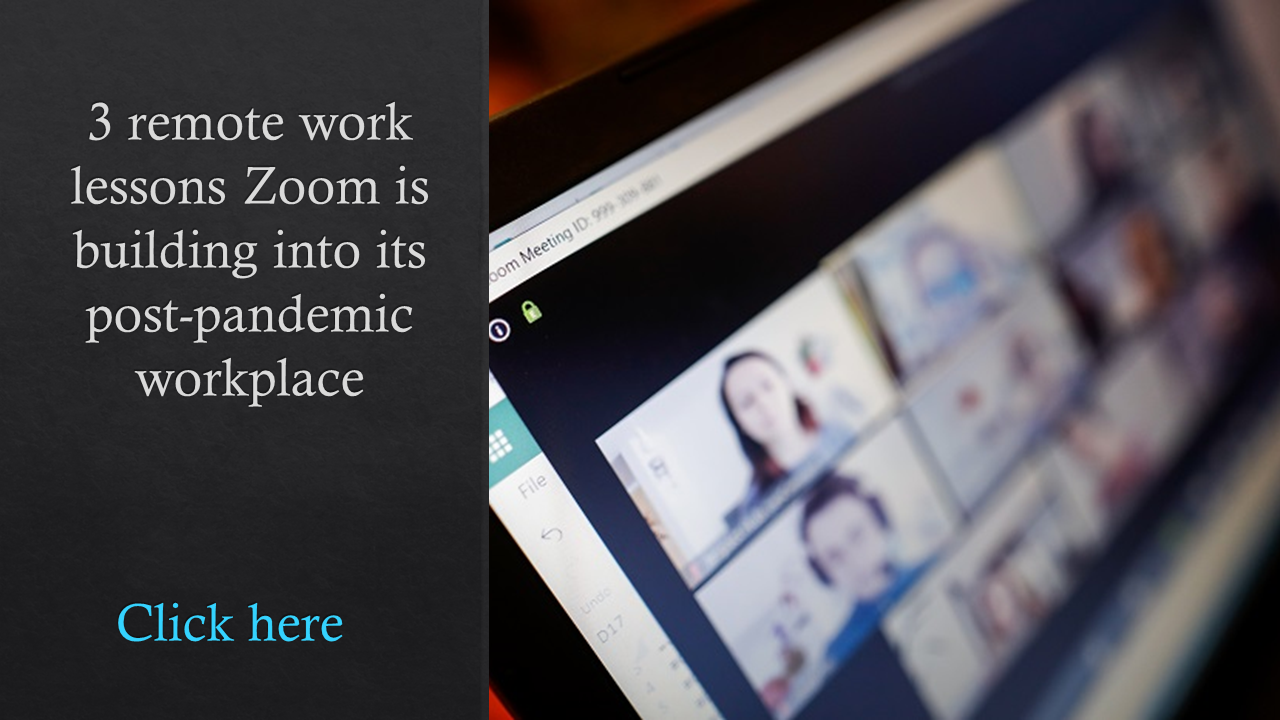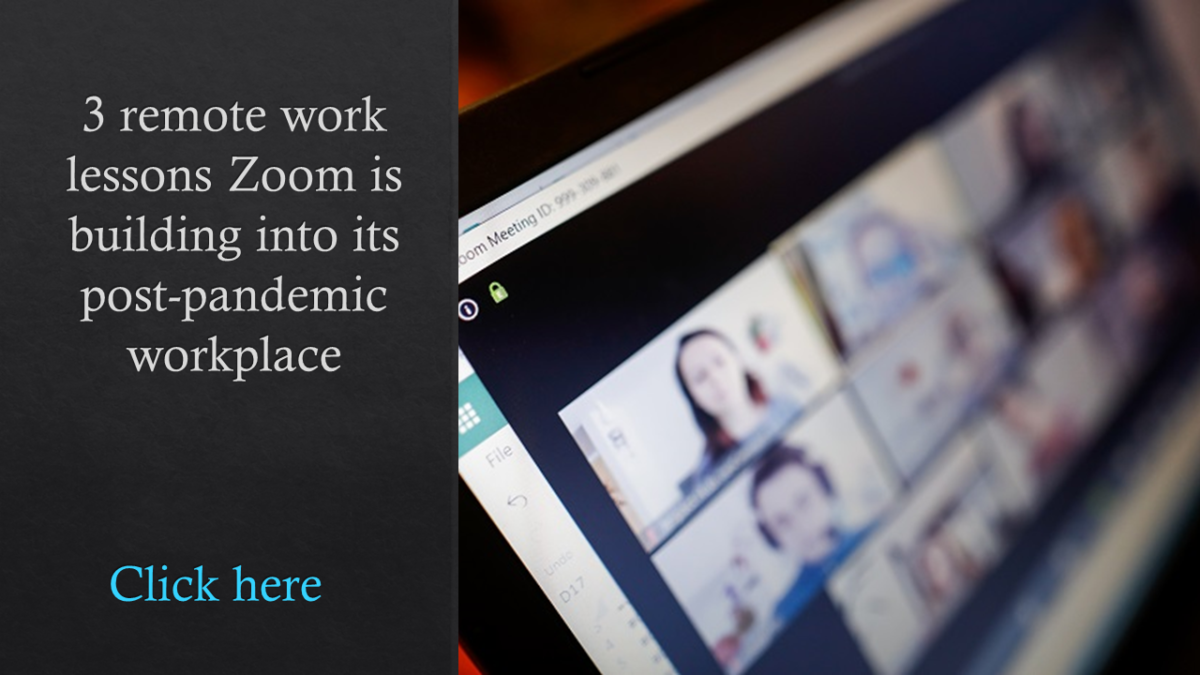Discussions about work-from-home policies simply will not stop—and for good reasons.
First, the deadlines for employers to make decisions about remote policies keep getting pushed back. Remember when there was some consensus that we would be back in the office by Labor Day—and we meant Labor Day 2020?? The new and more infectious Delta variant of COVID-19 is pushing new cases back up among non-vaccinated communities. We aren’t sure now how long the immunity from vaccinations lasts. Some urban communities, including mine, are recommending masks again for indoor events. In this context, bringing people back to the office does not yet seem like a good idea, so there is no pressure to set permanent work-from-home policies in the short term.
Second, everyone is waiting to see what everyone else is going to do. Within communities, there is some consensus: The New York banks are telling all their employees to return, the Silicon Valley tech companies have made commitments to remote work. Many others are talking about a hybrid model, but there are so many possible varieties of this format that it doesn’t mean much to say you will have a hybrid approach. It is reasonable in this case to not be the nail standing up—especially if you don’t want to make your employees do something they don’t want to do, as competitors for your talent are heading in the other direction.
Also see How remote work is creating a new role for managers
But here is the big reason we should keep talking about and particularly thinking about work-from-home policies: We do not have much of an idea about how they will work. It just so happens that I have written a little book about this—you knew that was coming, right?—and here is the heart of the problem in two parts.
The first is, we really don’t know how well work-from-home actually performed during the pandemic because so many other things were going on at the same time that affected performance. Many businesses did well, in part because the economy was awash in fiscal stimulus money. Most employers report that their remote employees performed well but so did the on-site employees, whom we were applauding as downright heroic. Employees were also pulling together in the crisis, in some cases to save their employers, in most cases to save their jobs, and in virtually all cases to keep the lights on in society during what could otherwise have been a disastrous time. That’s pretty motivating.
There was something else going on that was very important and that we have paid little attention to: Management changed. In many organizations, leaders asked employees for help. In most, they pulled back on micro-managing—because they couldn’t do it remotely—and empowered employees by default to take more control over how they performed their tasks, especially making decisions about when to do which ones. In a few cases, supervisors were pushed to check in with employees and have serious conversations about how work was going. When we see subordinates every day, we may imagine we are in touch with them, but of course, that is not the case.
Read more insights from Peter Cappelli here.
You get the idea. It is easy to think that simply allowing people to stay home caused things to go just as well as during the pandemic, but there were far too many things going on to think that just being out of the office by itself was the cause.
It’s a huge leap to assume things will continue to go as they have been with work-from-home after the pandemic. All the pandemic-related factors above go away. We will no longer all be pulling together, driven by all facing the same big challenges. The crisis that made that happen will be over, and now we will be even more divided if we have some workers home and some in the office, as most of the hybrid models imply. Another important difference is that we went into the pandemic with employees who mostly knew each other from face-to-face contact. Now, we have at least some fellow employees whom we have never met in person and going forward in a work-from-home context, new hires will not have that same face-to-face background experience, even in hybrid offices, because they just won’t be together as much.
 Then, there are issues about work-from-home that most employers have not thought through completely—and some haven’t thought about at all. For example, how do we decide who gets to keep working from home, especially if we think that we should now have more people in the office? Is it based on prior performance? Do local managers get to decide? It is such a perk and so valuable for some people that you can expect more litigation around access. How will supervisors go about managing two groups of subordinates, one in the office more or less all the time, one in the office less, or perhaps hardly at all? Treating otherwise equal employees differently may be necessary, but it is a huge challenge for equity issues.
Then, there are issues about work-from-home that most employers have not thought through completely—and some haven’t thought about at all. For example, how do we decide who gets to keep working from home, especially if we think that we should now have more people in the office? Is it based on prior performance? Do local managers get to decide? It is such a perk and so valuable for some people that you can expect more litigation around access. How will supervisors go about managing two groups of subordinates, one in the office more or less all the time, one in the office less, or perhaps hardly at all? Treating otherwise equal employees differently may be necessary, but it is a huge challenge for equity issues.
Here’s the last issue to think about for now: Human resource professionals know that few things are as difficult as pulling back a popular perk or practice, so the possibility of a mistake—rolling out a work-from-home policy that isn’t succeeding and then having to roll it back—comes with really big consequences.
So, this is an issue we had better keep mulling over until we figure it out.
Click here to register for the HR Tech Conference to learn how leading employers are handling work-from-home policies after the pandemic.
